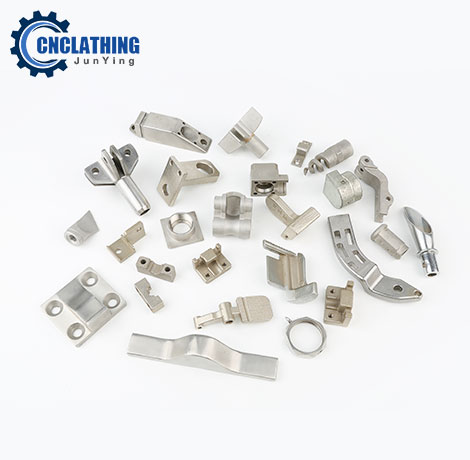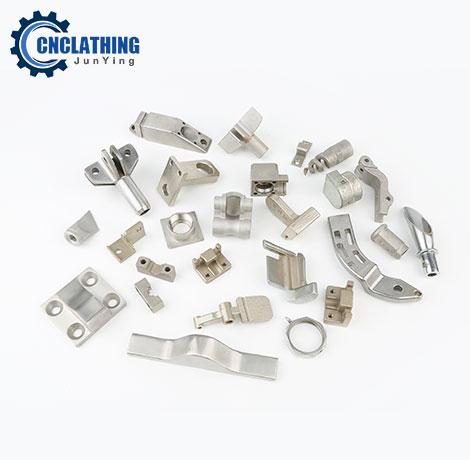Robotics and computer numerically controlled machining both play an important part in the automation of modern manufacturing. On the other hand, there is some ambiguity as to whether or not CNC belongs to the field of robotics or operates as a preprogrammed machine that executes commands. Another question that is asked by mechanists is which of the two options is superior, and what role will each play in the world in the future.
CNC Machining
The Computer Numerical Control (CNC) manufacturing process is a preprogrammed production method that requires a designer and a programmer to implement the instructions. With the help of CNC services, machining tools such as routers, saws, lathes, grinders, mills, and broachers can be produced at a breakneck speed and with pinpoint precision.
The study of robots
Robots are intelligent machines that help humans with processes by automating a much wider range of manufacturing tasks. Robots help humans with processes by automating a much wider range of manufacturing tasks. For instance, having the ability to work effectively with automated mechanical machines is typically required for graduation from certain auto mechanic training programs. Robots of today are so advanced that they are even capable of making simple decisions that improve upon their original programming.

In comparison to CNC Machines, Robots
Ability to be afforded
A cutting machine that is produced by a robot has two advantages over CNC machines: their versatility and their workspace. Although machine tools and robots can both be costly, the former offers more flexibility. Robots offer more value at a fraction of the cost, which means that they can be used to machine objects of any size, complexity, or shape. This opens up more machining possibilities. CNC Machining Brass is estimated that the cost of a robot is thirty percent less than that of a CNC machine.
You could go with sheet metal services instead, which are even more affordable, if you're looking for an alternative. When it comes to cutting through metal components, sheet metal fabrication is more cost-effective than CNC machining because it involves cutting and bending sheets of metal to form different shapes. Sheet metal fabrication also involves forming different shapes by bending sheets of metal.
Inflexibility
The rigidity of a tool is measured by its stiffness; the more rigid the tool, the more accurate the machine will be. Rigidity refers to the stiffness of a tool. In general, robots have a rate of less than 1 Newton per micrometer, making them considerably less stiff than CNC machines. Because they typically have more than 50 Newtons per micrometer, CNC machines have a level of rigidity that is noticeably higher than that of conventional machines.
The natural frequency of tools that have less rigidity will be lower, and the tools will vibrate more frequently. Robots can only function at a frequency range of 10 to 20 Hz, whereas CNC machines can operate at several thousand hertz.
Robots are still useful for working with more malleable materials like plastic, wood, and foam; however, work with harder materials like titanium and steel should be left to CNC machines.
Versatility
Robots have a significantly wider range of applications than computer numerical control (CNC) machines do. Because CNC machines are dependent on receiving certain inputs from their programs in order to function properly, changing their programs in order to work on different projects is necessary. Robots can do everything that CNC machines can do (drilling, turning, and milling), but they can do it faster. CNC machines are also only good at a specific task.
With at least six degrees of freedom, robots can navigate more complicated paths in addition to their other capabilities. CNC machines only have four degrees of freedom.
Places to work
Although CNC machines can be quite large, they frequently need to be fabricated to the customer's specifications and consequently cost many thousands of dollars more than the workspace of a robot. Utilizing a robot that has a working envelope of 7-8 cubic meters is possible if you have a substantial amount of available space in your workspace.
Accuracy
Invest in a CNC machine if achieving precise results is at the top of your list of priorities. The accuracy of high-end machines can range anywhere from 20 to 50 microns, with some models being able to achieve an accuracy of 0.2 microns or better. When producing parts for machining, having this level of accuracy is essential because one mismatched cog can cause the entire thing to fall apart.
It does not imply that the robots are not accurate; however, due to their lack of rigidity, they have difficulty reaching the 20-50 micron state. Robots have improved their accuracy over the past few years, and they are now capable of 100-200 micron tolerances.
Always keep in mind that a well-calibrated robot is necessary for accuracy.

